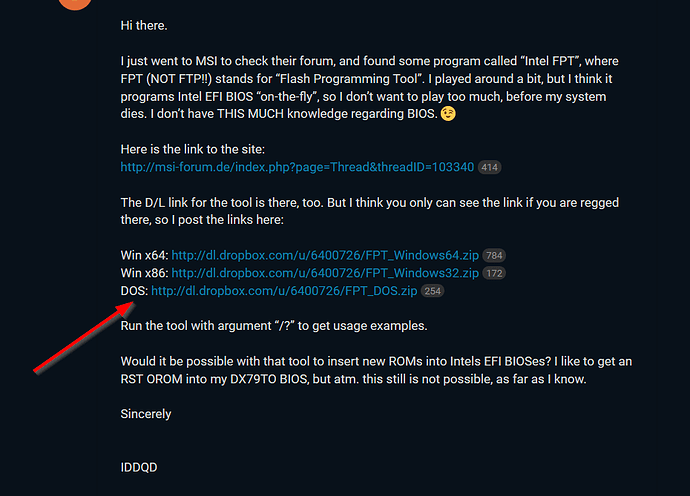turner
20
If you could make ms dos usb boot, try to use fpt ver 9.1
I assume this particular program you are referring to:
Also using qflash since its preventing me from flashing F5, I assume this program will bypass the bios’s restriction on flashing an older version?
